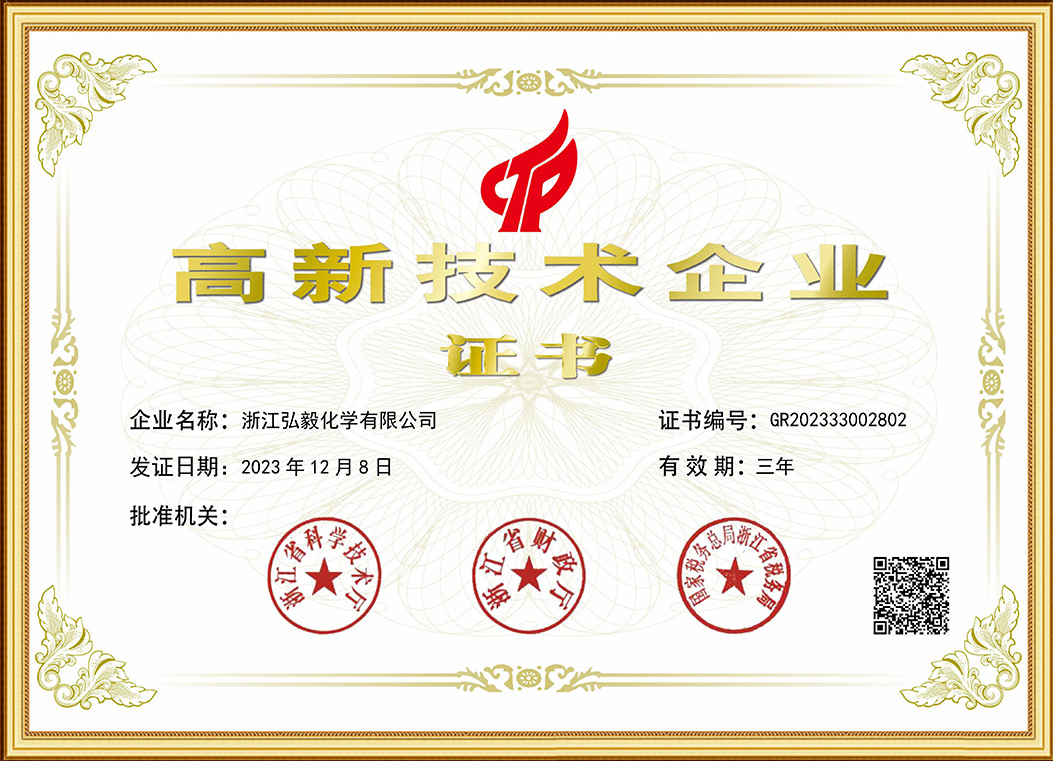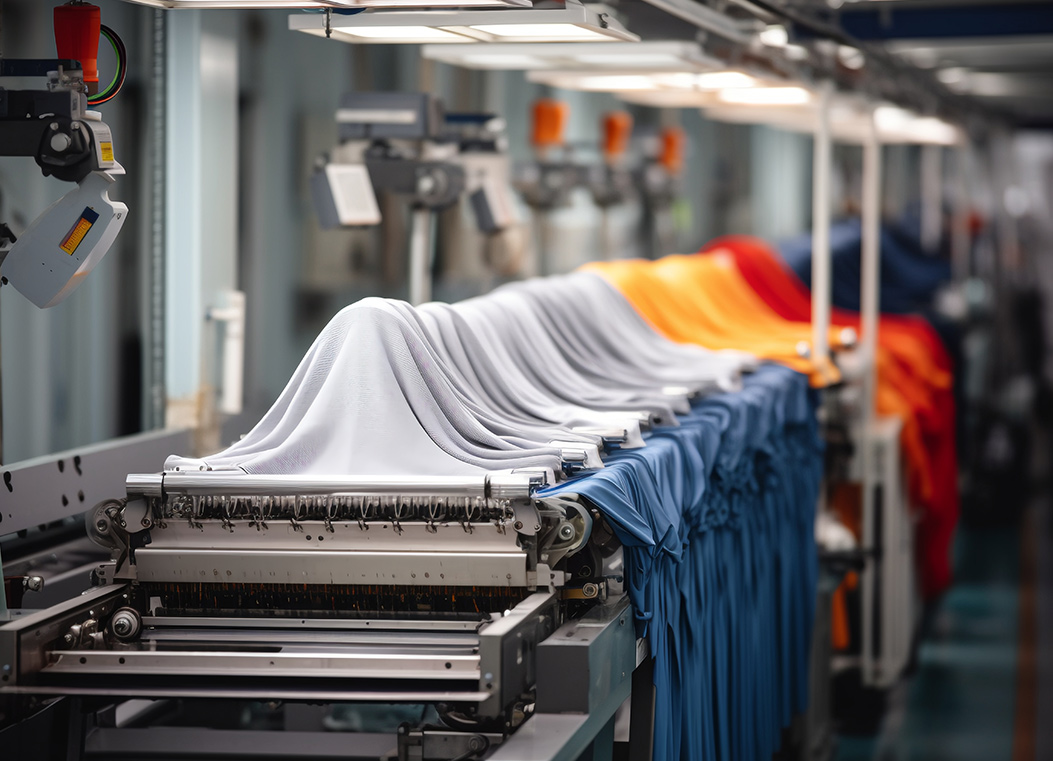In the production of ceiling panels and PVC profiles, visual consistency plays a major role in determining product quality. One of the key performance indicators is the uniformity and brightness of white surfaces, which directly influences consumer perception and application suitability. The use of optical brightener for ceiling panels and optical brightener for PVC profiles has become a common approach to improve whiteness levels and reduce visual imperfections caused by natural discoloration of base resins or environmental factors.
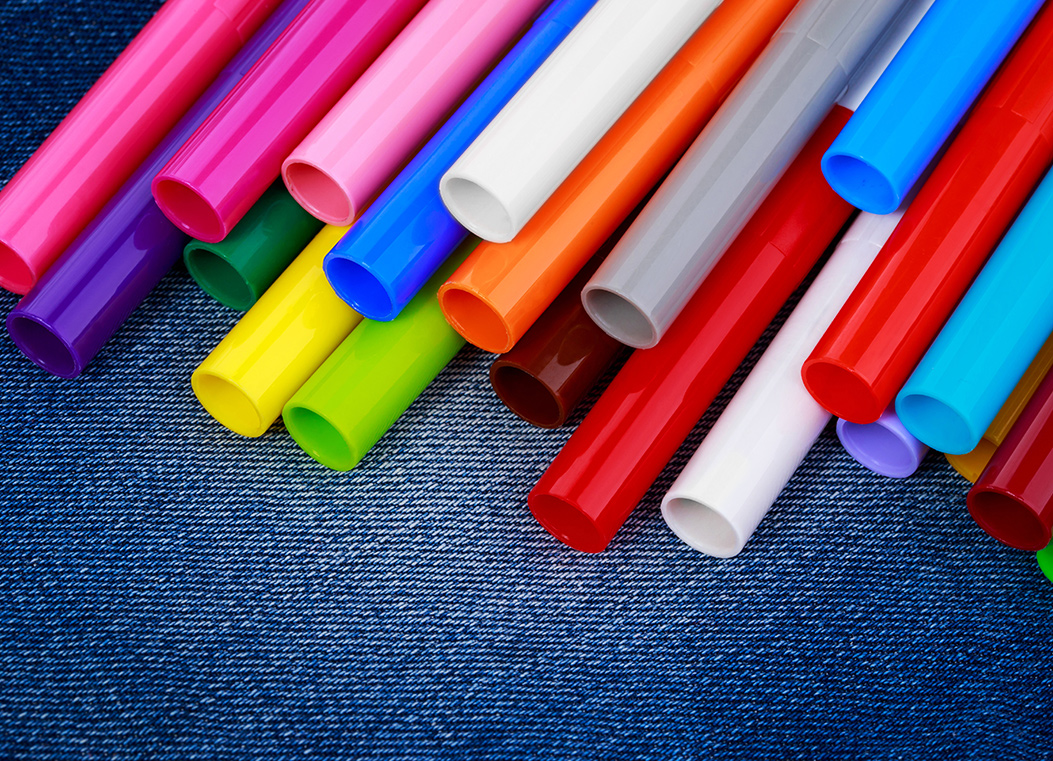
Understanding How Optical Brighteners Work
Optical brighteners, also known as fluorescent whitening agents (FWAs), operate by absorbing ultraviolet (UV) light and re-emitting it in the blue region of the visible spectrum. This optical effect offsets yellowish tones and enhances the perceived whiteness and brightness of polymer-based products without altering their structural properties.
In the case of ceiling panels, where the product surface is large and often subjected to indoor lighting, even minor inconsistencies in color can become noticeable. By incorporating a suitable optical brightener into the panel formulation, manufacturers can achieve a more balanced and visually appealing finish that meets market expectations for interior design materials.
Choosing the Right Optical Brightener for Your Application
Choosing the right optical brightener depends on the type of polymer used, processing conditions, and desired visual effect. For PVC profiles, which are widely used for window frames, wall coverings, and moldings, the brightener must be thermally stable and compatible with both rigid and flexible formulations.
Additives used in PVC must also resist degradation during extrusion and maintain performance under outdoor exposure conditions. Optical brighteners designed for PVC profiles should have strong resistance to migration and maintain color uniformity from production batch to production batch, especially in high-speed processing environments.
For ceiling panels, the brightener must be evenly dispersed throughout the resin to prevent mottled appearance. Depending on the production method, such as extrusion, compression, or injection molding, different particle sizes and concentrations may be required. In either case, choosing a brightener that easily blends with the base polymer ensures better control over the final visual appearance.
Dosage Optimization and Processing Considerations
Achieving the right balance of optical brightener dosage is critical. Underdosing may result in insufficient brightening effect, while overdosing may result in bluish or uneven dispersion. In PVC profiles, the optimum dosage is typically 0.01% to 0.05% by weight, but this can vary depending on specific product requirements and pigment loading.
Processing temperature can also affect the stability of optical brighteners. Products designed to be thermally stable at PVC extrusion temperatures (typically 160°C to 200°C) help avoid decomposition or yellowing. Similarly, in ceiling panel production, especially where calendering or foaming is involved, optical brighteners must remain active throughout the thermal cycle and be evenly distributed throughout the surface.
To ensure effectiveness, many manufacturers pre-disperse the brightener into a masterbatch or premix system to simplify batching and reduce the risk of uneven brightening.
Impact on Final Product Performance
When properly formulated, the use of optical brighteners for ceiling panels and optical brighteners for PVC profiles contributes not only to visual enhancement but also to improved batch consistency. For manufacturers supplying building and construction sectors, maintaining color harmony across multiple product lines is often a prerequisite for securing contracts or meeting regulatory standards.
Additionally, for indoor applications such as ceiling panels, enhanced brightness helps reflect light more effectively, contributing to energy savings and improved room aesthetics. In PVC profiles, a clean, consistent white surface adds perceived value and allows for smoother downstream printing, lamination, or coating.
Regulatory Compliance and Environmental Considerations
Optical brighteners used in construction materials must meet safety and environmental regulations, including limits on volatile organic compounds (VOCs) and compliance with RoHS or REACH directives in international markets. Selecting brighteners with proven low-toxicity profiles and good biodegradability supports sustainable production goals.
Furthermore, as manufacturers expand into global markets, ensuring that optical brighteners meet import certifications and material safety standards becomes essential. Products designed with export markets in mind, including Southeast Asia and the EU, are often formulated with multi-standard compliance in focus.
Enhancing Brand Reputation Through Quality Control
Consistency in whiteness across product lines can directly influence brand perception. Implementing rigorous quality control systems—such as spectrophotometric monitoring of Lab* color values—helps manufacturers detect variations early and maintain customer satisfaction. This is particularly important for large-scale projects where multiple batches of PVC profiles or ceiling panels must match visually.
Partnering with suppliers who provide technical support, including trial formulations, testing data, and ongoing product adjustments, can further strengthen production efficiency and help address unexpected shifts in raw material behavior.
The use of optical brighteners in ceiling panels and PVC profiles is not merely about appearance—it supports functional performance, production consistency, and long-term customer trust. Through careful selection, dosage control, and compliance with application needs, manufacturers can effectively deliver materials that meet both aesthetic and technical expectations.

 EN
EN 中文
中文 ES
ES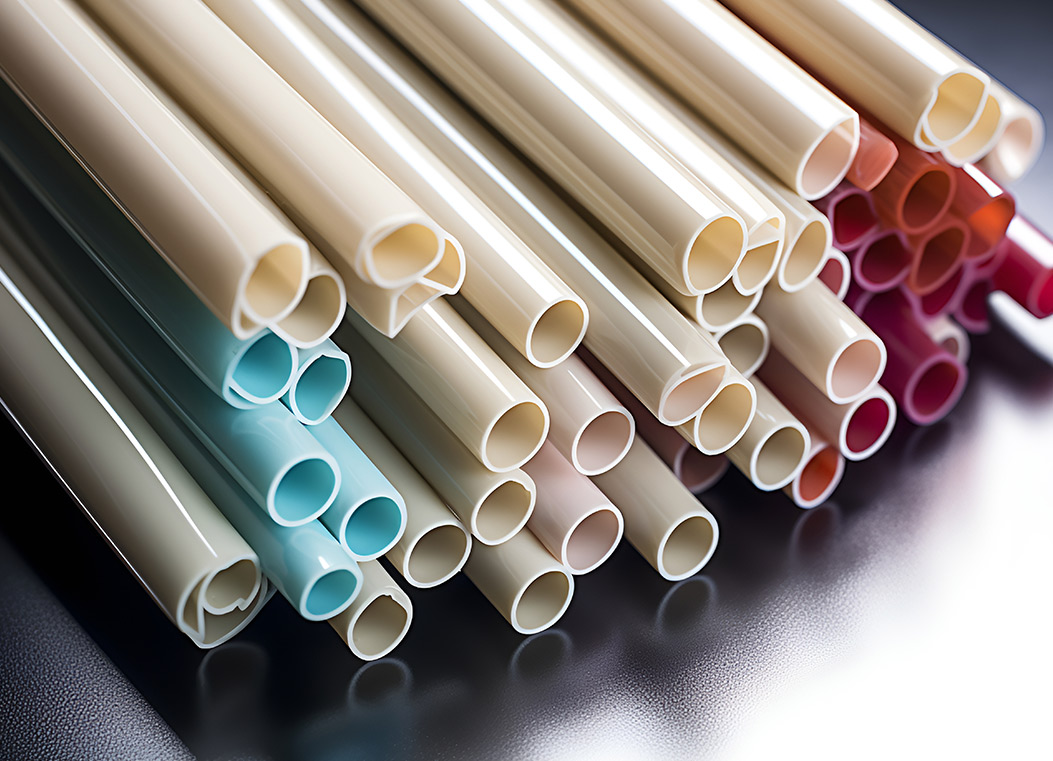
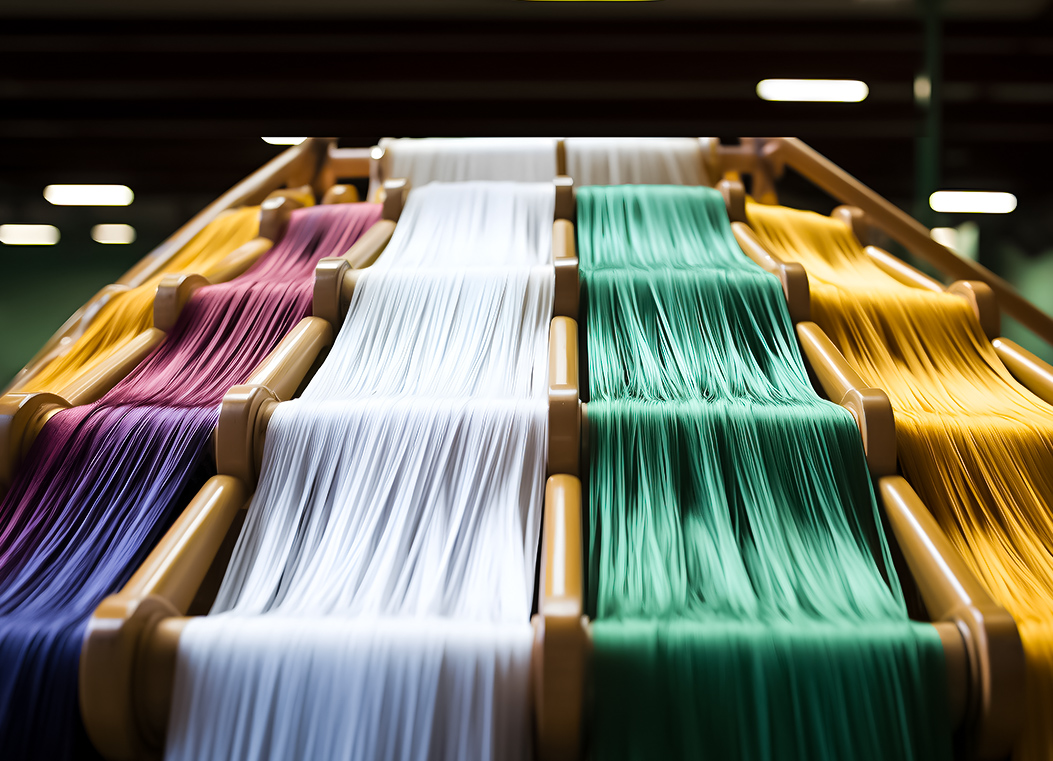



.jpg)
